Tiny homes are more than just a trend—they're a movement toward freedom, simplicity, and financial independence. With the promise of lower costs, less debt, and a smaller environmental footprint, it’s no surprise that more people are choosing to downsize and embrace tiny living.
But here’s the catch: even if you’re ditching the 30-year mortgage and five-bedroom house, you still need to think long term when it comes to your money. Financial planning isn’t just for high-net-worth individuals or people meeting accredited investor requirements. It’s for everyone—including tiny home buyers who want their lifestyle to remain sustainable for years to come.
Let’s explore why long-term wealth planning matters, even when your home only takes up 200 square feet.

Tiny Home, Big Picture: Think Beyond the Purchase
Buying a tiny home feels empowering—minimalist, debt-light, and refreshingly affordable. But the price tag on the home itself isn’t the full story.
Here are a few long-term costs that often get overlooked:
-
Land: Will you buy or rent? Land costs can vary wildly based on location and zoning.
-
Utilities and hookups: Power, water, and sewage connections can require a serious investment.
-
Permits and legalities: Depending on your city or state, legal compliance may be costly and time-consuming.
-
Maintenance: Even a small space needs repairs, weatherproofing, and care over time.
If you only budget for the home itself, you might end up financially strained later. That’s why long-term thinking is so important.
Long-Term Financial Goals Don’t Disappear
Living tiny can reduce your expenses dramatically—but that doesn’t mean you’re financially “set.” Retirement, healthcare, emergencies, and inflation still apply to everyone, regardless of home size.
The financial breathing room that comes with a tiny home can create more opportunity if you plan wisely:
-
Start or boost a retirement account
-
Pay off student or credit card debt faster
-
Build a robust emergency fund
-
Invest in a business or personal development
Without a plan, those extra dollars each month can quietly slip away. With a plan, they can build a secure and flexible future.
Prepare for Life Changes
Life rarely goes as planned—and that’s okay. But it's all the more reason to think ahead.
What happens if:
-
you need to care for an aging parent?
-
your job requires relocation?
-
you start a family?
-
you have mobility issues as you age?
A tiny home might not fit all life stages, especially without modifications or relocations. By having a long-term financial plan, you can better navigate life’s curveballs without feeling stuck.
Long-term risks also include factors that tiny home buyers may not initially consider. For example, zoning laws and regulations can change, making it harder to legally keep a tiny home on certain properties. Rising land prices might make it difficult to relocate affordably in the future. Additionally, as insurance markets evolve, finding affordable and adequate coverage for non-traditional homes can become more challenging. Factoring in these potential risks during your wealth planning phase can save you from costly surprises down the road.
Use Tiny Living as a Launchpad
Tiny home living can be a powerful tool to accelerate your financial goals. When your living expenses shrink, your ability to build wealth expands.
Let’s say your housing costs drop by $1,000 a month after downsizing. That’s $12,000 a year you can put toward:
-
Debt repayment
-
Stock market or real estate investments
-
Starting a side hustle
-
Saving for early retirement or extended travel
Your tiny home isn’t just shelter—it’s a platform for bigger financial possibilities. With the right planning, this lifestyle can amplify your financial growth.
For example, if someone moves into a 250-square-foot converted trailer, they might use the money they save on rent or mortgage payments to pay off $25,000 in student loans within two years. After that, those savings could be redirected toward starting a small business or building an emergency fund. Over time, this kind of intentional money management can double someone’s financial flexibility and help them invest steadily toward long-term goals like retirement or travel. Tiny living can create a financial runway that makes big dreams more achievable.
Another example is a couple who transitioned to a compact container home, reducing their monthly expenses enough to leave full-time jobs and pursue freelance work. With lower living costs, they’re able to explore creative passions, travel seasonally, and even invest in a rental property using their accumulated savings. Tiny living, for many, doesn’t mean thinking smaller—it means unlocking bigger financial options.
Simple Steps to Start Planning
You don’t need to be a financial expert to start planning. Here are a few easy, practical steps to build long-term financial strength:
-
Set clear goals: What do you want your future to look like in 10, 20, or 30 years?
-
Build a flexible budget: Include savings, investments, and long-term priorities—not just daily expenses.
-
Automate your finances: Set up automatic transfers to savings or retirement accounts.
-
Diversify your assets: Don’t put everything into your home. Keep some cash, invest wisely, and stay liquid.
-
Talk to a professional: A financial advisor can help tailor a plan that fits your unique goals.
Consider this:
If you’re saving hundreds each month on rent or utilities, putting just a portion of that into an index fund can add up quickly. Thanks to compound interest, even modest, consistent investments can grow into significant wealth over time. For instance, saving $300 a month in a retirement account earning 7% annually could turn into over $100,000 in just 15 years.
Also, review your insurance needs and estate planning. A tiny home is still a major asset, and you want to ensure it's protected and that your financial intentions are clear should anything happen.

Conclusion: Tiny Home, Big Vision
Buying a tiny home is a bold and meaningful decision. It often symbolizes freedom—from clutter, debt, and conventional expectations. But financial freedom doesn’t happen by accident—it takes intention, planning, and foresight.
By thinking long term, you can make sure your tiny home supports not just your lifestyle today, but your wealth, flexibility, and peace of mind for years to come.
The space you live in may be small, but your financial dreams shouldn’t be.
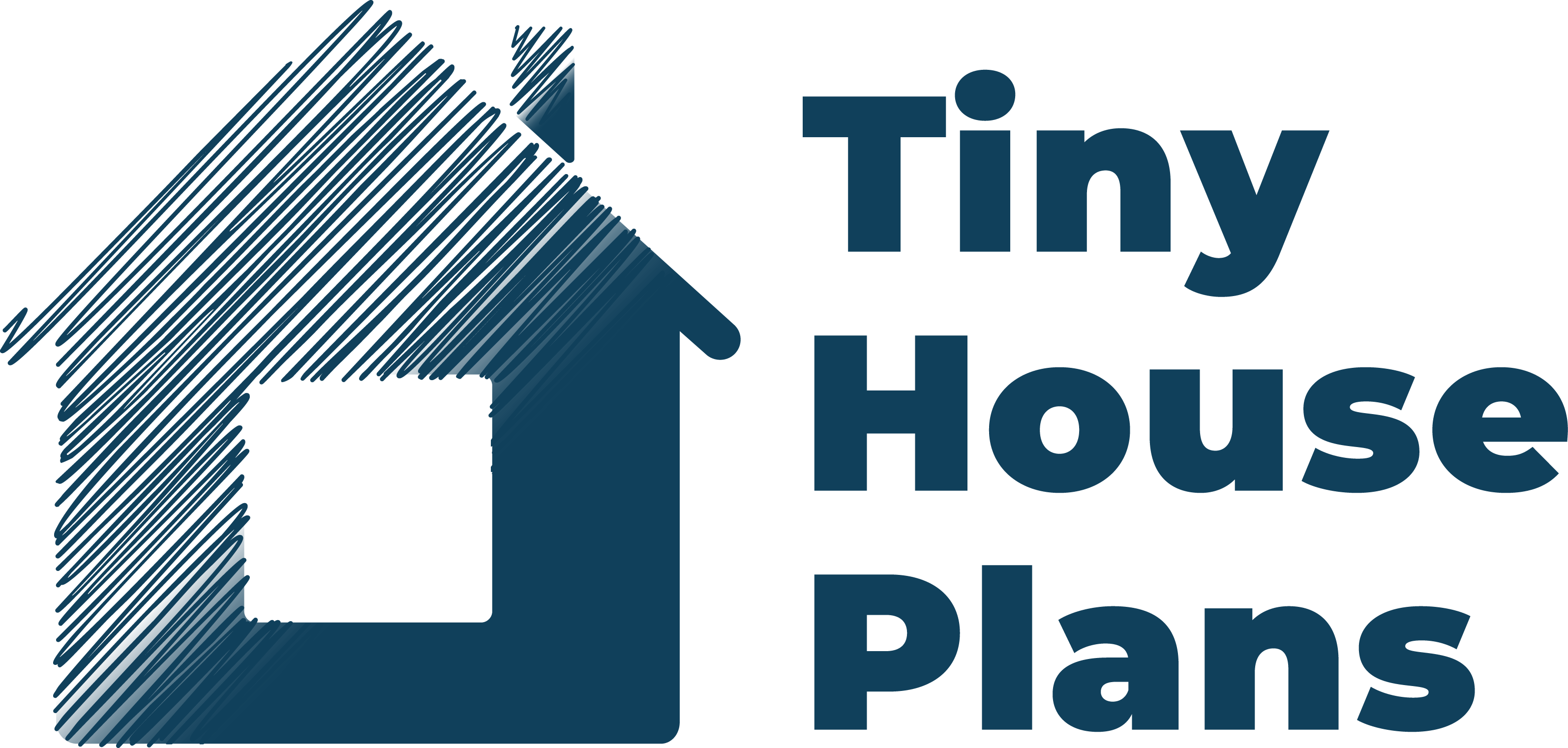

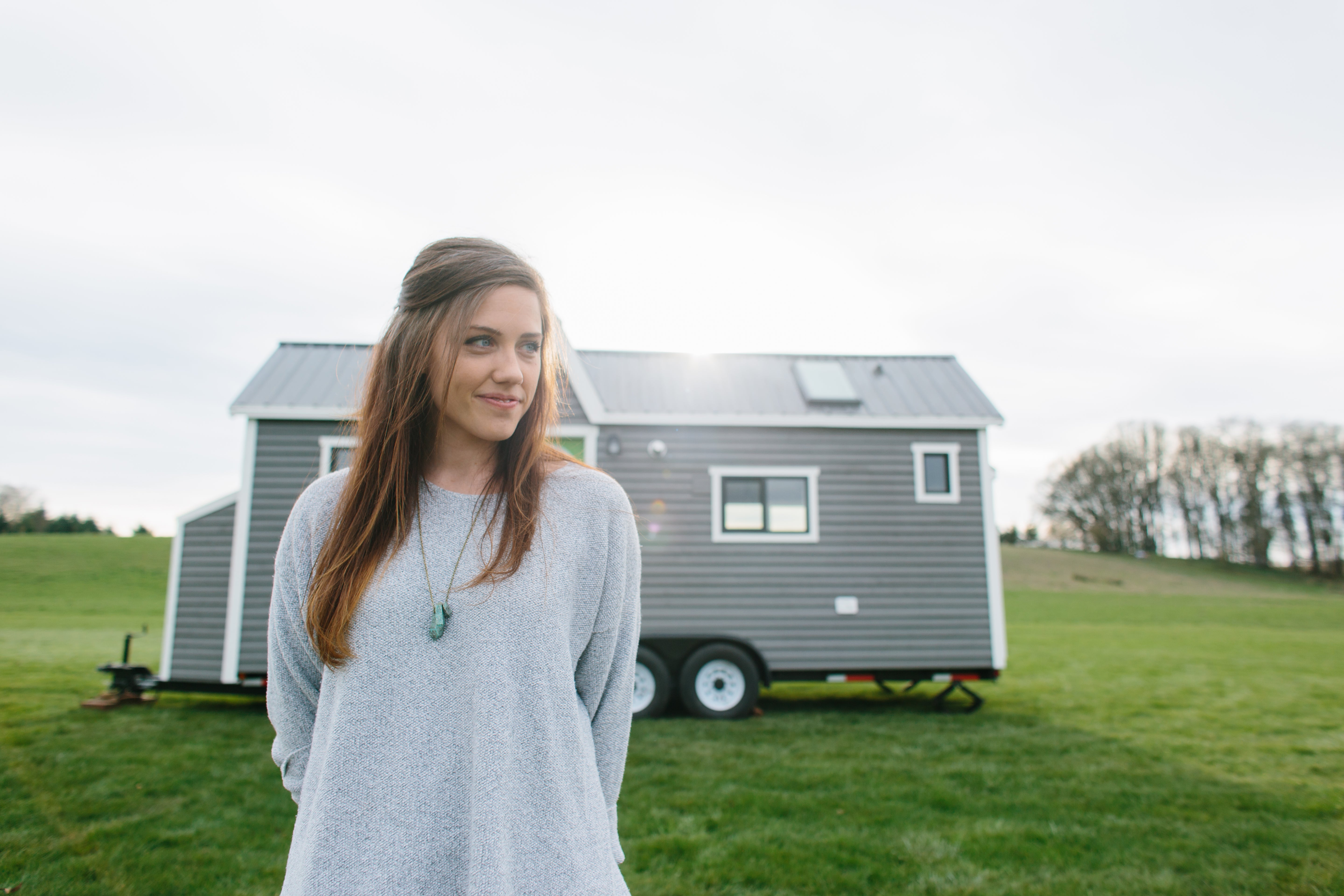
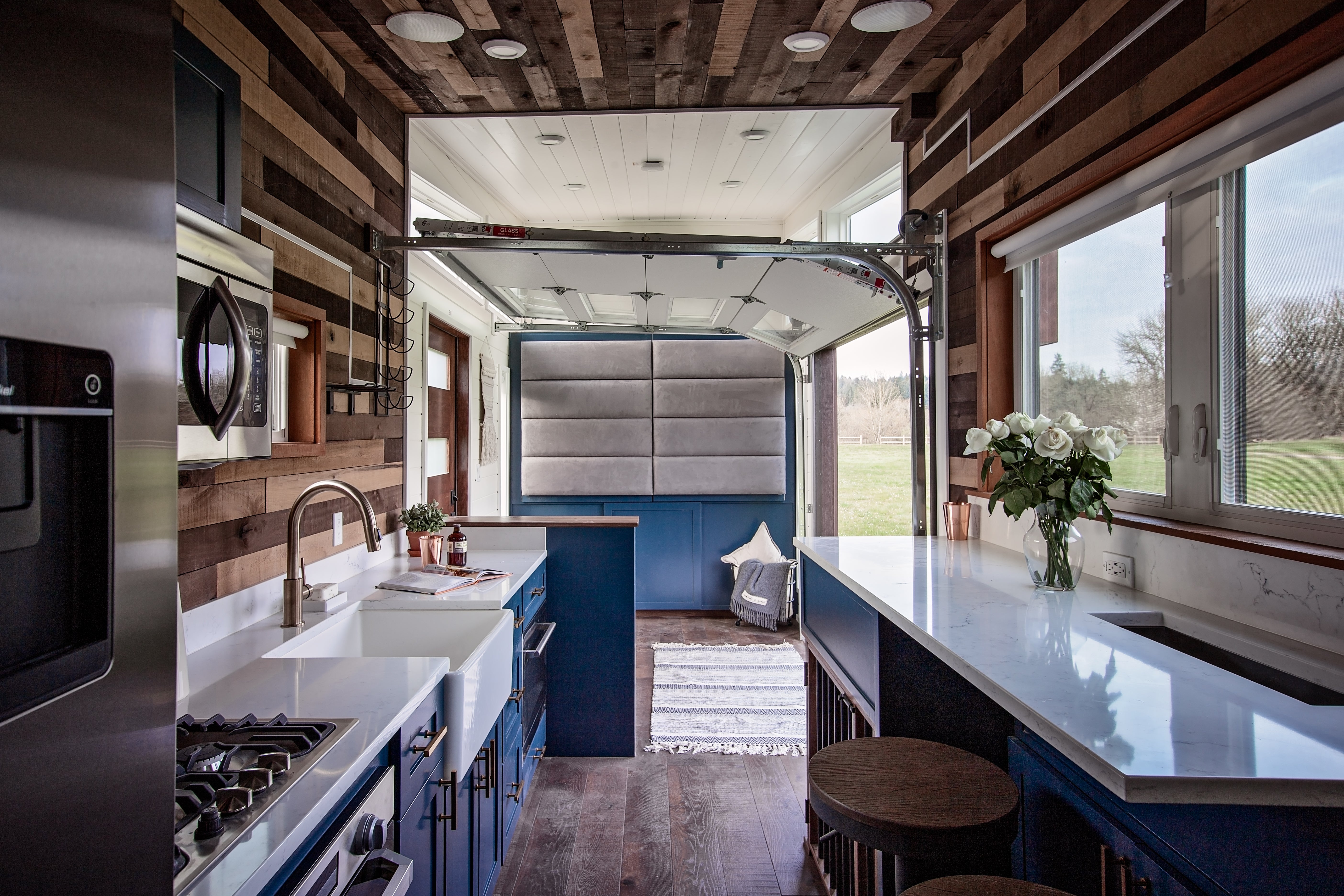
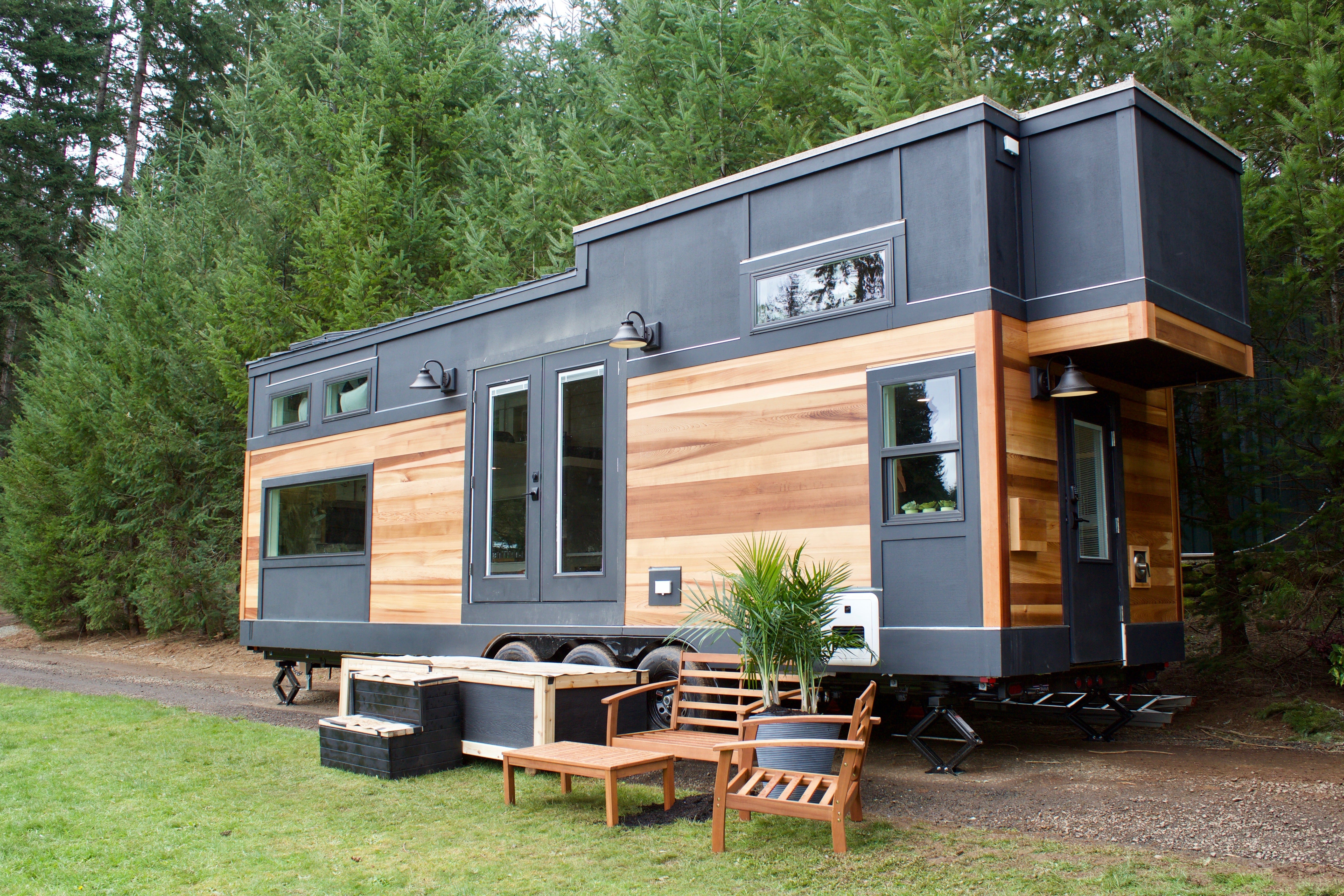
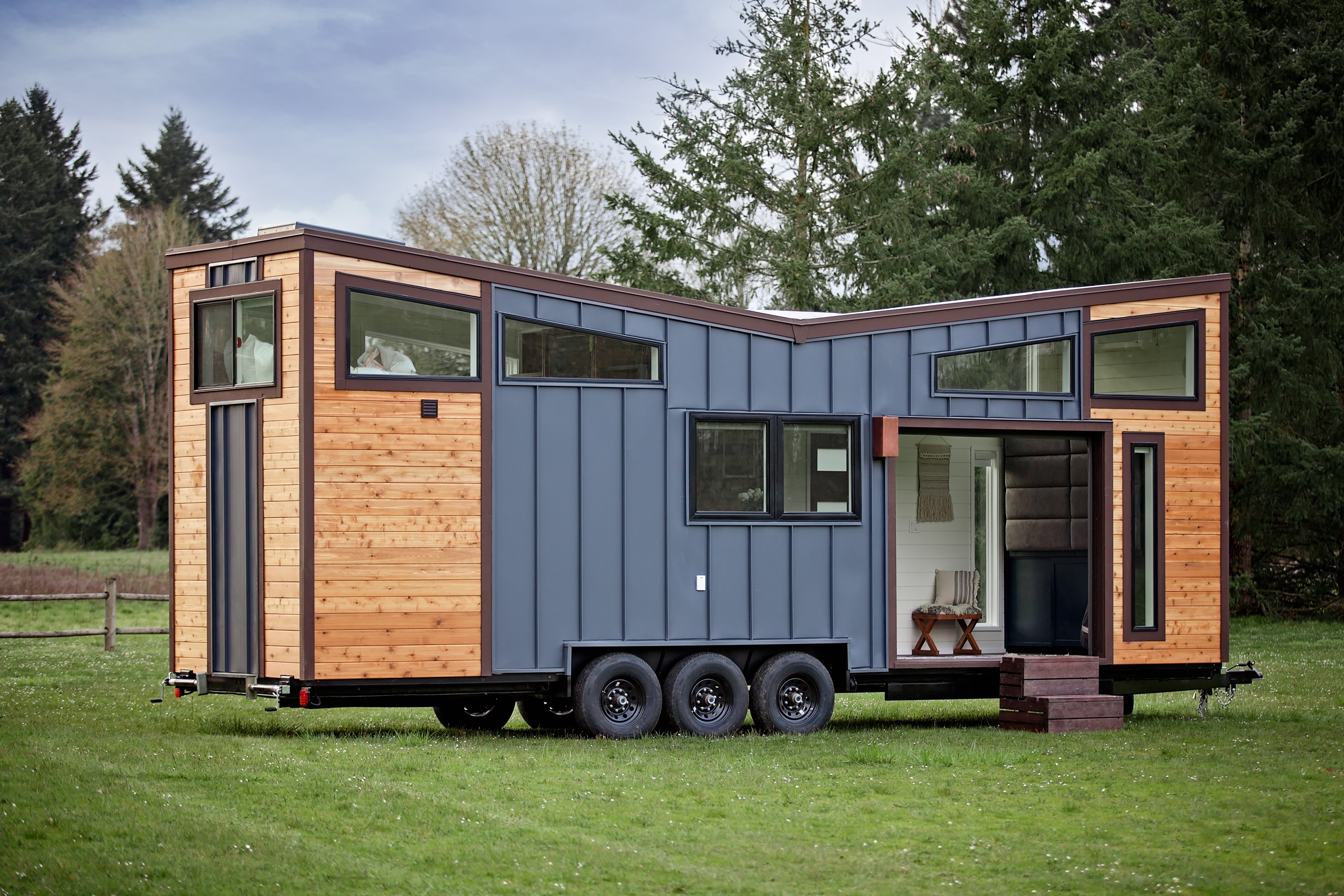
Share: